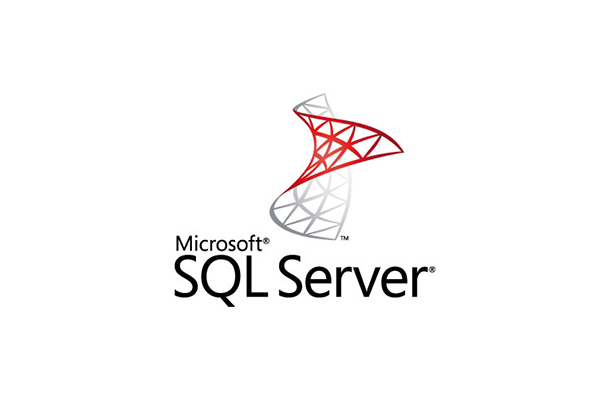
Serve Up Some SQL Server: A Few SQL Server Tutorials Worth Bookmarking
Microsoft’s SQL Server has been around for quite some time. It has a huge installed base and is certainly one of the market-leading structured query language (the SQL in SQL Server) databases. If you’re company is running SQL Server, you may cross paths with this venerable repository.
Whether you’re new to SQL Server, or you’ve been around the block a few times, you’re bound to find a tutorial that suits your level of technical expertise. And SQL Server is so deep and so broad that there are many aspects and approaches for which you may need a tutorial or two. Here’s what we found with a recent trip through the SQL Server tutorial blog-o-sphere.
As is often the case, it’s advisable to go right to the source when it comes to solution-specific tutorials. Microsoft has you covered with a range of SQL Server tutorials. Some of the current tutorials currently posted on the Microsoft site include:
- Analysis Services Tutorials (SSAS): Learn how to develop and deploy Analysis Services tabular or multidimensional models. Also learn how to use tools such as PowerPivot to analyze the data in the models.
- Database Engine Tutorials: Learn how to connect to an instance of the database engine and then build and run Transact-SQL statements.
- Enterprise Information Management Tutorials: Learn how to manage information in an enterprise using Microsoft EIM technologies.
- Integration Services Tutorials: Learn how to create and deploy SSIS packages.
- Replication Tutorials: Learn how to set up and run replication topologies using SQL Server Management Studio.
This group of tutorials covers many flavors of SQL Server, including SQL Server on Mac, SQL Server 2017, SQL Server 2016, SQL Server 2014, SQL Server 2008, SQL Server 2000. The tutorials are well organized and thorough, but fairly basic. The different posts for SQL Server 2017 are separated into chapters, and cover the following steps:
- SQL Server Introduction
- SQL Server Installation
- SQL Server Management Tools
- Create a Database
- Create a Table
- Create a Relationship
- Insert Data
- Create a Query
- Create a View
- Create a Stored Procedure
- Backup a Database
- Restore a Database
If you’re looking to broaden your database expertise, this site also provides tutorials on SQLite, MySQL, Access, MongoDB, and Neo4j.
This site has a great batch of fairly technical tutorials, so if you already have some mileage with SQL Server, this site would be a good one to check out. As they say in the introduction, “every tutorial serves as a building block for the next.” So by the time you have worked through one of these tutorials, check back and you may find your next step.
“Biml Language Tutorial: Biml or Business Intelligence Markup Language is an open-source XML dialect to generate Integration Services (SSIS) packages. Take a look at this Biml tutorial to learn how you can use Biml to generate SSIS packages.
Machine Learning with SQL Server 2017 and R Tutorial: In this tutorial, we will learn the basics of machine learning where we will learn the necessary data science to examine data in relevance to machine learning model development. We will be using R in SQL Server 2017 to apply machine learning related techniques and analysis. In case you are new to R, you can get quickly get up to speed by following the R Tutorial.
My First SQL Server Business Intelligence Project Tutorial: In a BI project, data is the currency and analytics is the merchandise. Without having the right type, amount and shape of data, one cannot get the right kind of analytics. In this tutorial, we will look at different types of data sources as well as relational data modeling. Data makes many hops from one layer of the solution to another in any BI solution architecture. During this data movement from source to destination, the shape of the data keeps transforming. This facilitation of data movement and transformation along the way is typically known as Extract, Transform and Load (ETL). We will look at typical ETL needs and the associated topics like data staging and master data management concepts.”
This group of tutorials from Tech on the Net covers fairly specialized areas within SQL Server. If you haven’t found what you’re looking for with other tutorial sites, you may find it here. Two of the current tutorials introduce you to Transact-SQL and PLSQL.
“Transact-SQL (T-SQL) is an extension of SQL that is used in SQL Server. Transact-SQL is closely integrated into the SQL language, yet it adds programming constructs that are not native to SQL. Our tutorial will start with the basics of SQL Server such as how to retrieve and manipulate data. Then we will move to the more advanced topics such as how to create tables, logins, users, functions, and procedures. We will conclude with a review of the functions that are proprietary to Transact-SQL.”
Immediately following the T-SQL tutorial, there’s one on using PLSQL:
“PLSQL stands for ‘Procedural Language extensions to SQL,’ and is an extension of SQL that is used in Oracle. PLSQL is closely integrated into the SQL language, yet it adds programming constructs that are not native to SQL. Our tutorial will start with the basics of Oracle such as how to retrieve and manipulate data. Then we will move to the more advanced topics such as how to create tables, functions, procedures, triggers, tablespaces, and schemas. We will conclude with a review of the functions that are proprietary to Oracle.”
Posted by Lafe Low on April 12th, 2018 at 5:58 PM